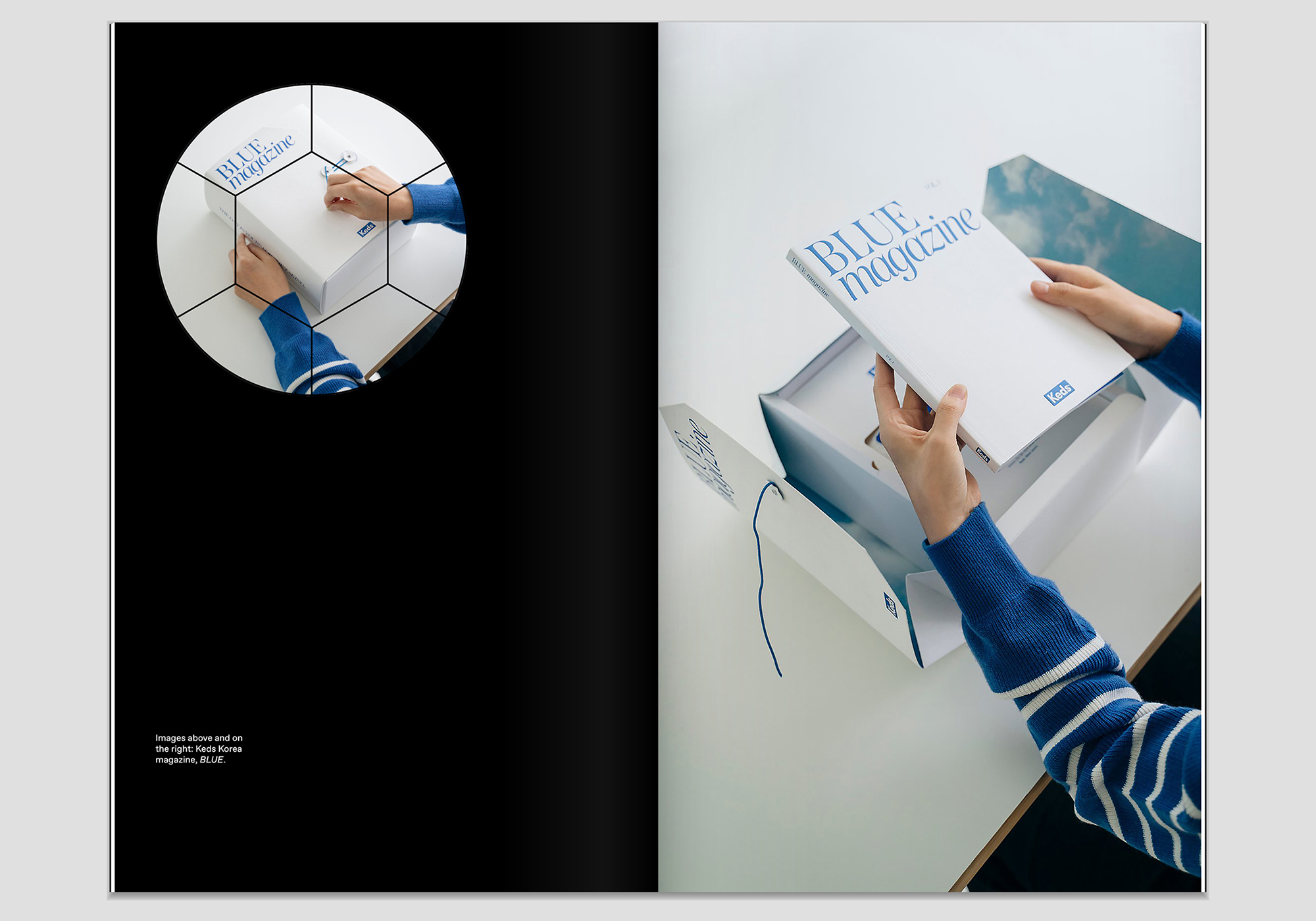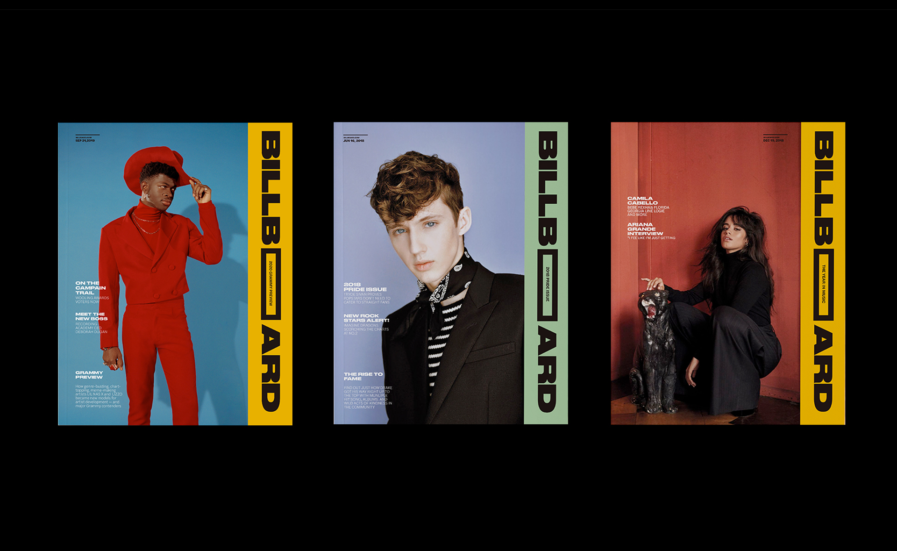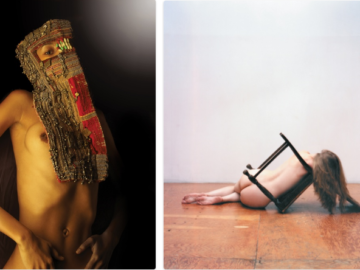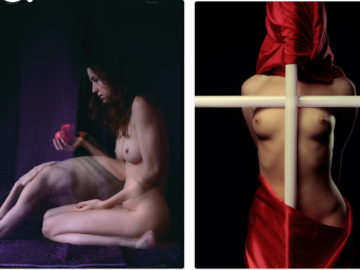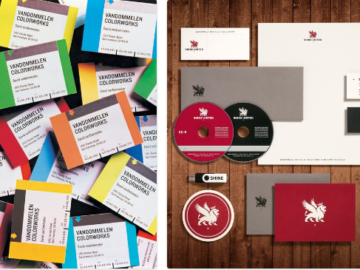From layout to typography, good editorial design is the foundation of any publication and has a significant impact on how information is read and understood. The students behind these design submissions combine creative visuals and design fundamentals to create compelling layouts and transform the reading experience.
Winning Gold in our 2022 New Talent competition, Jieun Lee, a design student attending the School of Visual Arts, creatively redesigned “Billboard Magazine” (above) as an assignment by professor Pedro Mendes, who tasked his students with choosing a magazine and creating a new layout design inspired by its content. For her approach, Lee took original elements from Billboard’s traditional layout and used them to make an updated layout application that stayed true to the magazine’s identity. Using their billboard chart system, Lee took its bold font, rectangular shape, and table template and applied them to her new design, along with Billboard’s use of bright colors. As Lee explains, “The shape emphasizes the information inside the shape, and the shape itself serves as a graphic element.” Featuring some of the music industry’s most influential artists on the billboard chart, including Lil Nas X, Beyonce, Troy Sivan, and Billie Elish, Lee’s new design system offers a smart way to enhance the content it’s presenting, leading to a final product that’s ready to publish.
